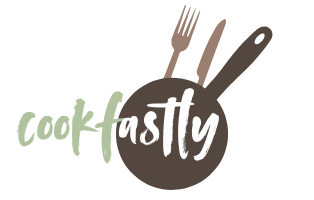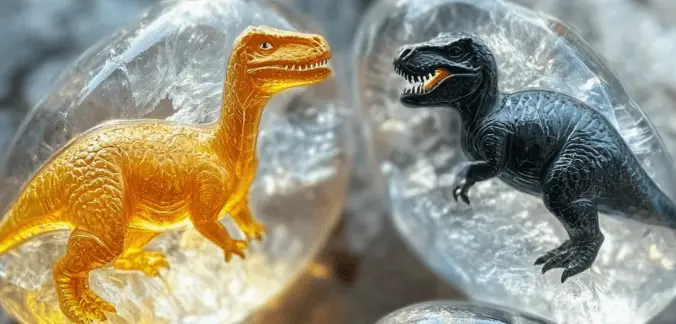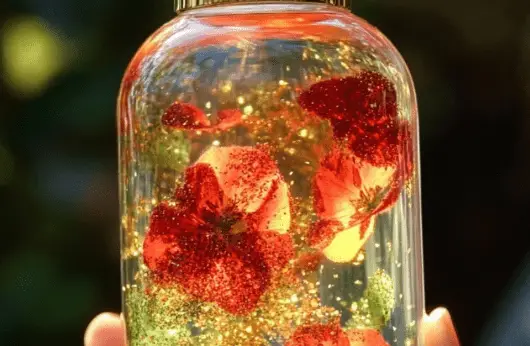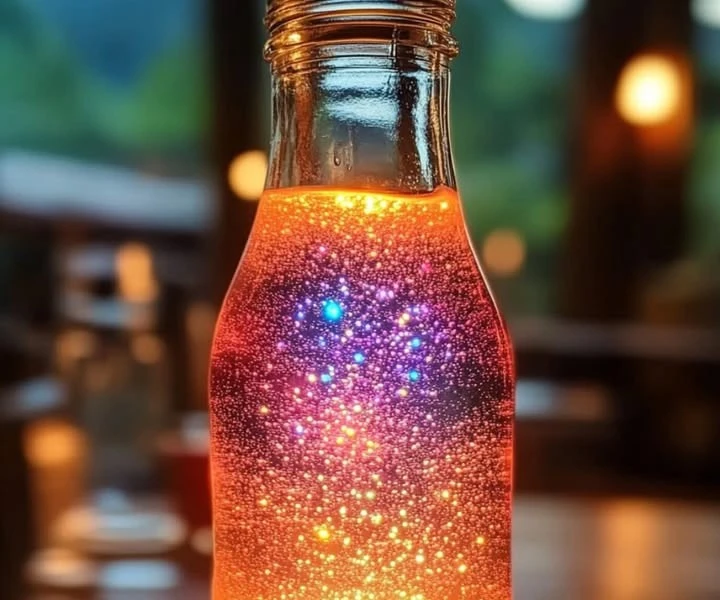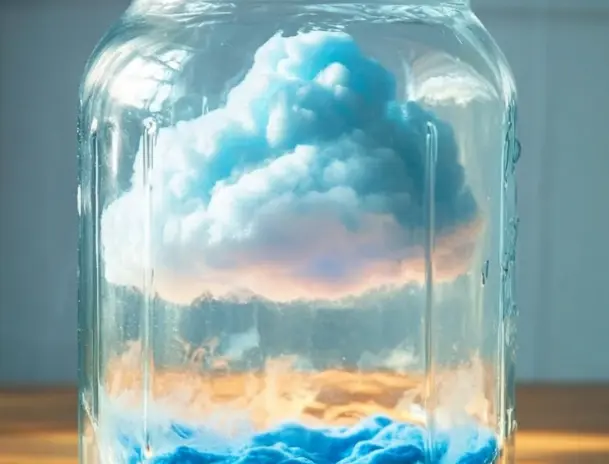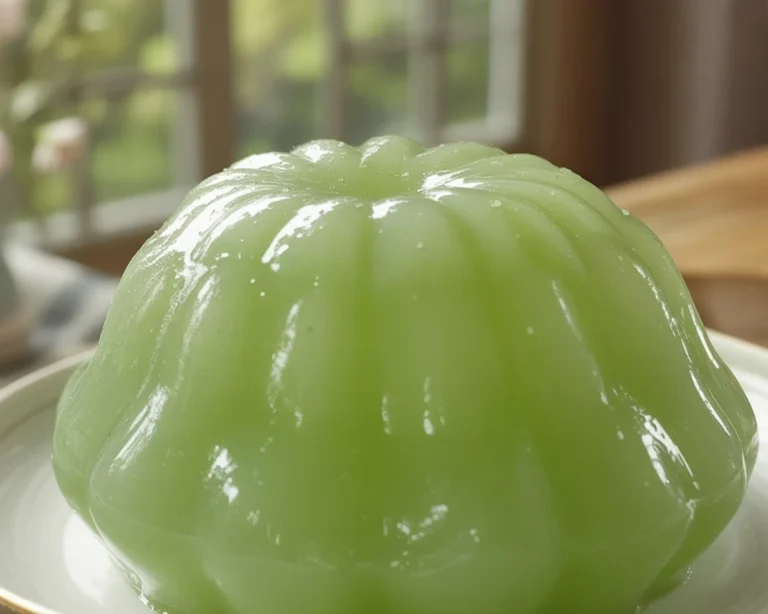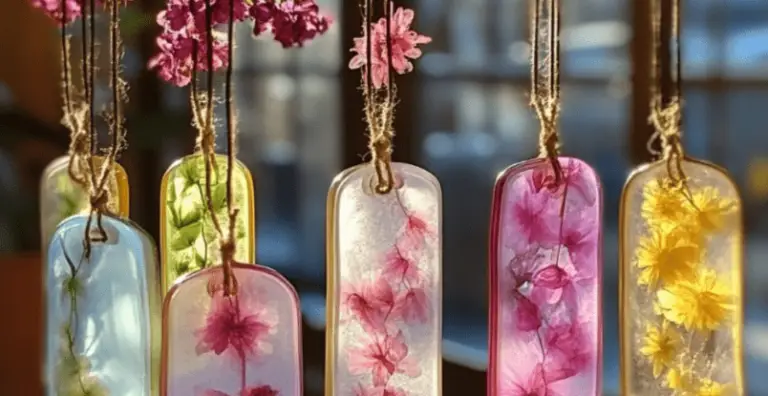Frozen Dinosaur Eggs: A Fun DIY Sensory Adventure for Kids
If you are looking for a simple yet exciting sensory activity that captivates children’s imagination, Frozen Dinosaur Eggs are the perfect choice. Combining creativity, exploration, and a bit of science, this project offers endless fun for little explorers. Watching the frozen eggs melt away to reveal hidden dinosaurs creates a sense of wonder and discovery. It is an excellent craft for birthdays, summer days, or just a creative afternoon at home. Easy to prepare and highly engaging, Frozen Dinosaur Eggs promise hours of educational entertainment.
Table of Contents
Ingredients
To create Frozen Dinosaur Eggs, you will need:
- Balloons
- Small toy dinosaurs
- Water
Instructions
- Begin by stretching open the tops of the balloons. This step makes it easier to insert the toy dinosaurs into the balloons without tearing or damaging them.
- Carefully place one small toy dinosaur inside each balloon. Make sure the dinosaur is securely inside before moving to the next step.
- Fill each balloon with water, enough to completely encase the dinosaur but not so much that the balloon becomes overly stretched or prone to bursting. Tie the balloons securely to prevent any leakage.
- Place the filled balloons in the freezer and let them freeze overnight. Freezing time can vary depending on your freezer, but allowing them to sit overnight ensures they are solid.
- Once completely frozen, cut the tops off the balloons carefully with scissors. Peel away the balloon material to reveal the frozen dinosaur eggs inside.
- Set up a play area and let children use spray bottles filled with warm water, basters, or even small toy hammers to slowly melt and hatch the dinosaurs. Encourage children to experiment and observe the melting process, helping to develop fine motor skills and critical thinking.
Benefits of This Craft
Frozen Dinosaur Eggs offer a wide range of developmental benefits for young children. This sensory activity promotes fine motor skills as children squeeze spray bottles, handle basters, and manipulate small tools. It also fosters scientific curiosity as they observe the effects of temperature change and melting ice. Social skills are enhanced when children work together to hatch their dinosaurs, sharing tools and strategies. Additionally, this project encourages imaginative play, as children can create stories and adventures involving their newly freed dinosaurs. It is a simple, low-cost activity that provides meaningful learning experiences in a fun and interactive way.
Tips
Use strong, good-quality balloons to reduce the risk of tearing during preparation. Fill the balloons slowly to avoid air bubbles, which can cause uneven freezing. Adding a few drops of food coloring to the water before freezing can make the frozen eggs even more visually exciting. Prepare a few extra eggs in case some break during freezing or playtime. Set up the activity outdoors or in a shallow tub to contain any mess from the melting ice. Offer a variety of tools for melting, such as pipettes, small brushes, and warm water bowls, to extend the activity and keep children engaged longer.
What Taste Look Like
While Frozen Dinosaur Eggs are not for eating, their appearance is visually striking and full of imaginative potential. The frozen spheres, often cloudy or slightly transparent, look like mysterious prehistoric eggs encased in ice. As the ice begins to melt, hints of the hidden dinosaurs peek through, building anticipation and excitement. Adding food coloring to the water creates vibrant, colorful eggs that enhance the sensory experience. The icy texture and the visual transformation from solid to liquid make the entire process magical for young explorers.
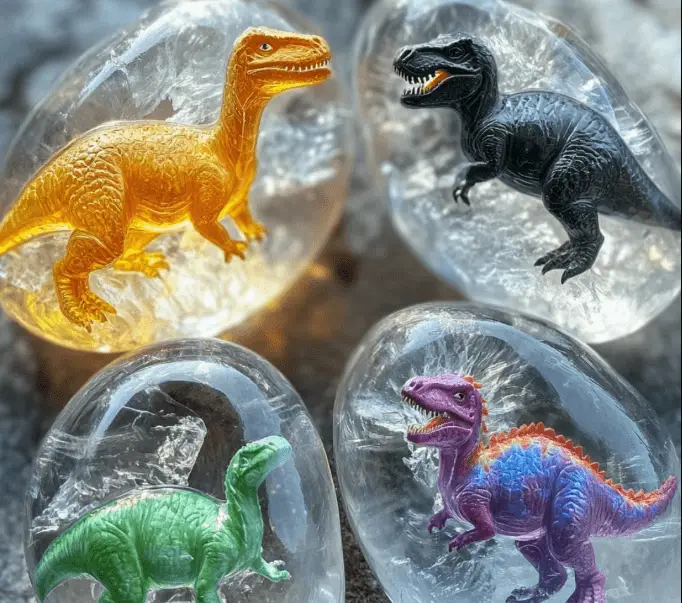
How to Store
If you prepare Frozen Dinosaur Eggs in advance, keep them stored in the freezer until you are ready to use them. Place the balloons in a freezer-safe container or a sturdy plastic bag to prevent damage. Use them within a few days to avoid freezer burn, which can create an unpleasant texture and make the balloons brittle. If the activity is interrupted and you have leftover eggs, simply return them to the freezer for later use. Avoid storing thawed or partially melted eggs, as refreezing can cause cracking and uneven ice texture.
Frozen Dinosaur Eggs are an easy, affordable, and endlessly entertaining sensory craft that kids will love. This project transforms a simple set of materials into an exciting adventure that promotes learning, exploration, and creativity. Whether you are planning a dinosaur-themed party, looking for a new sensory bin idea, or simply wanting to add more fun to your day, Frozen Dinosaur Eggs are a guaranteed success. Embrace the joy of discovery and let your little explorers hatch their way into hours of fun and learning with this delightful DIY craft.
For More DIY craft ideas, visit More DIY craft ideas.
You can also find more creative sensory activities and kids’ craft inspiration on Pinterest, where you will discover countless ideas to keep young minds engaged and inspired.
FAQ
Can I use larger toys inside the balloons?
It is best to use small dinosaurs or toys that can fit easily into the balloon opening without stretching it too much. Larger toys may cause the balloons to burst during freezing.
How long do the frozen eggs last?
Frozen Dinosaur Eggs can be stored in the freezer for several days. Use them within a week for the best appearance and texture.
Can I add scents or glitter to the water?
Yes, adding a few drops of child-safe essential oils or biodegradable glitter can make the activity even more engaging, but make sure all additives are safe for children.
Is this activity suitable for toddlers?
Yes, but always supervise young children closely during the activity to ensure safe play, especially when using tools or small toys.
How can I speed up the melting process?
Provide warm water in bowls or offer small basters and spray bottles filled with warm water to help speed up the melting while still keeping the activity fun.
